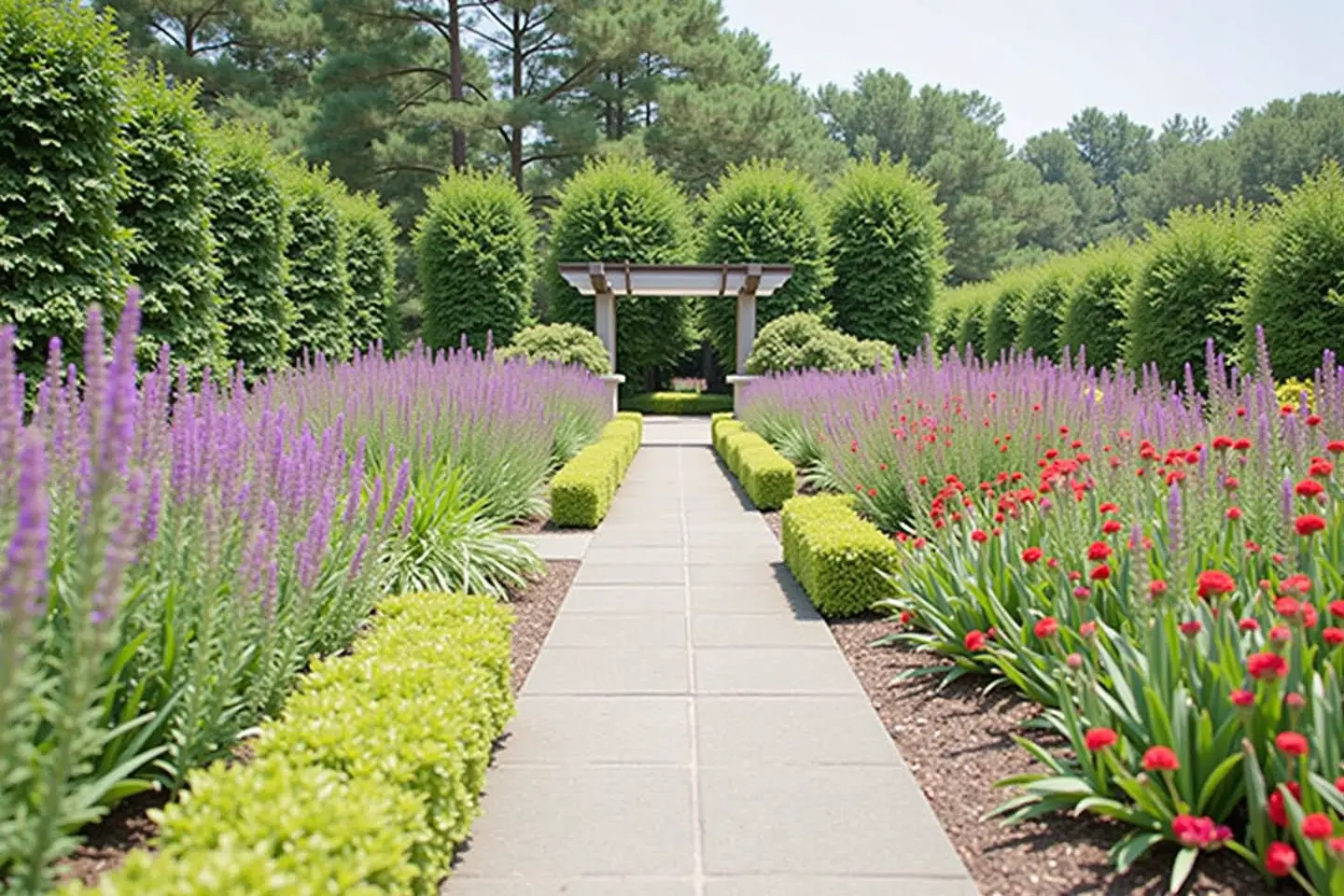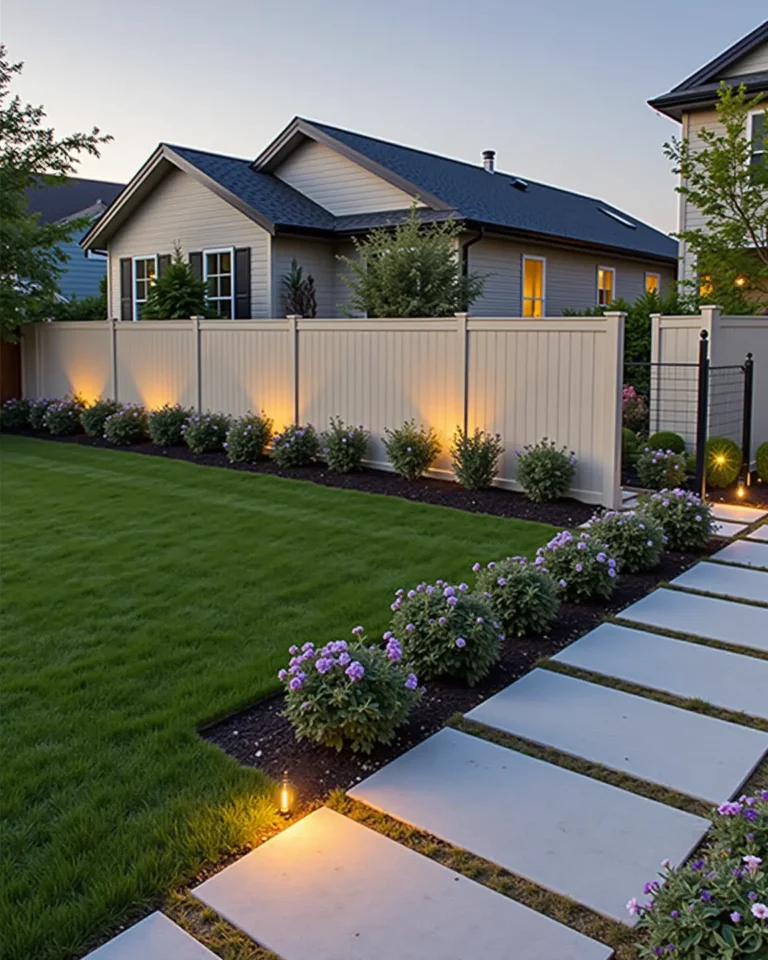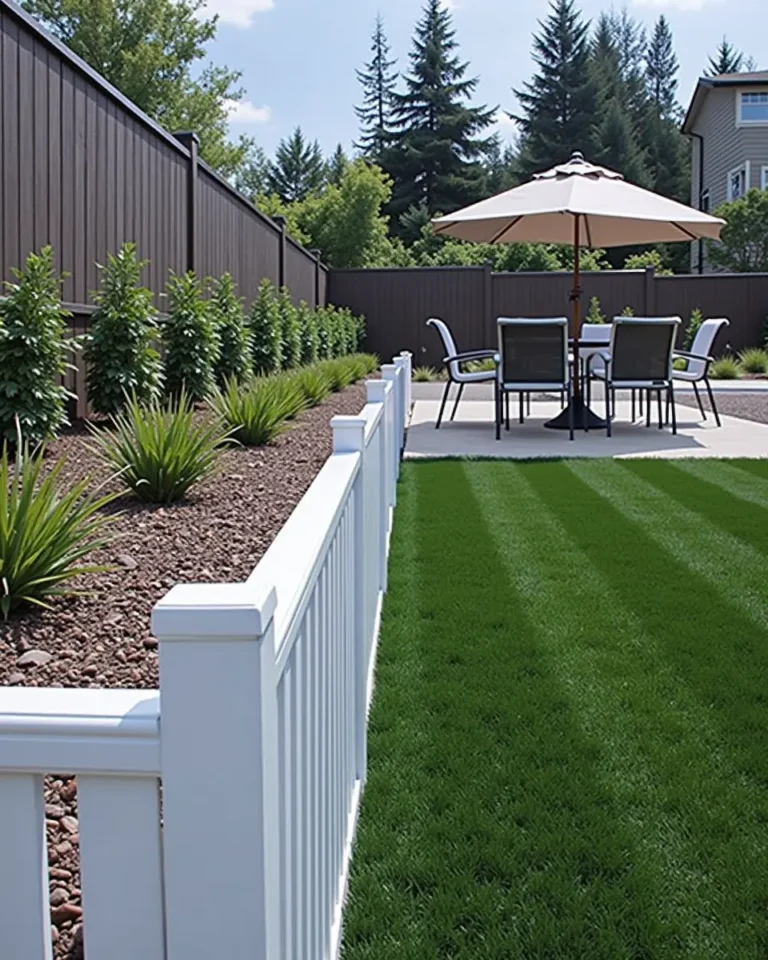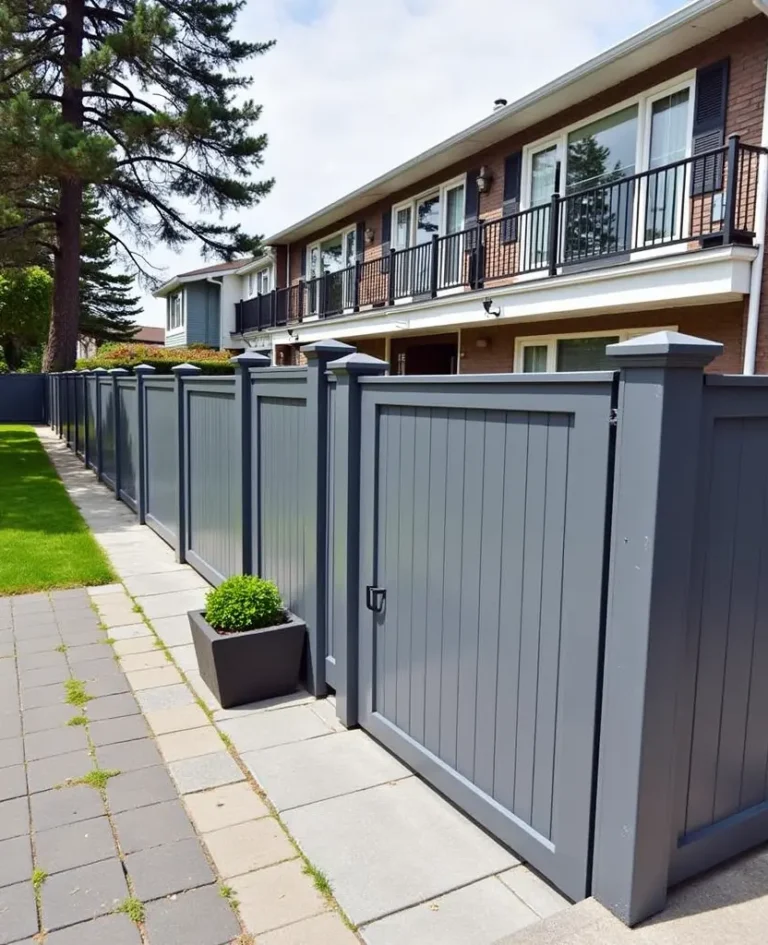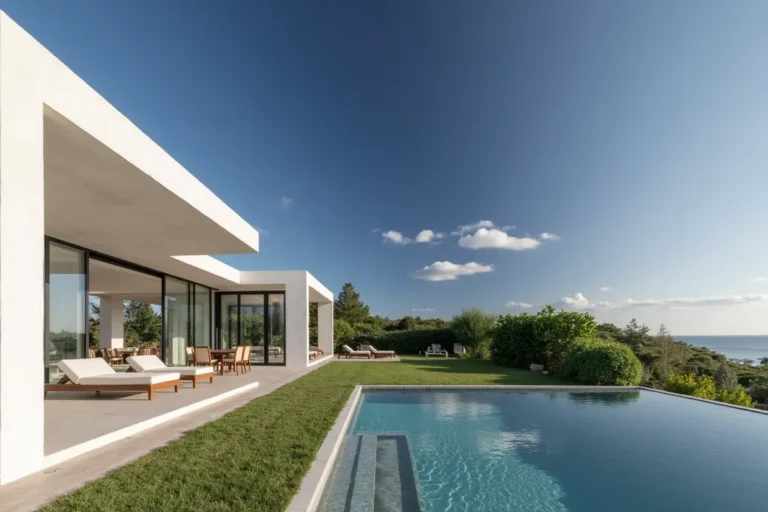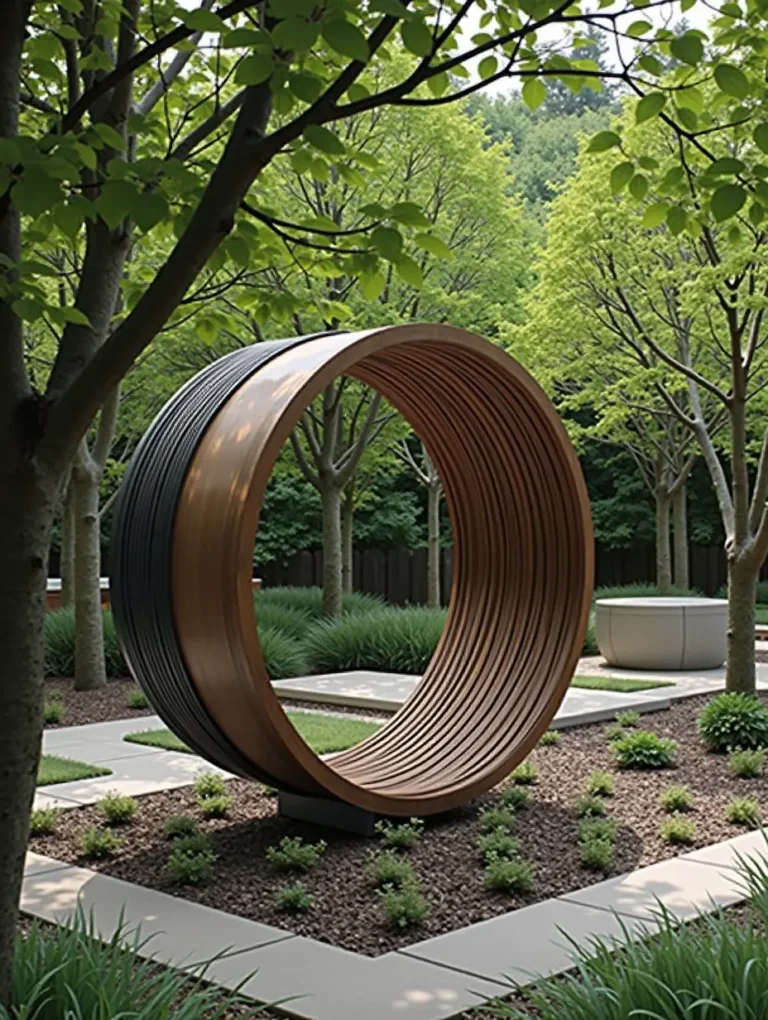Transform Your Garden with Effective Design Strategies
Transform Your Garden with Effective Design Strategies
Are you looking to breathe new life into your garden? Imagine stepping into a serene oasis filled with vibrant colors, fragrant flowers, and lush greenery. Transforming your garden is not just about planting flowers; it’s about creating a cohesive design that reflects your personal style and enhances your outdoor space. In this article, we will explore effective design strategies that can help you achieve the garden of your dreams.
Understanding Your Space
Before diving into design ideas, it’s crucial to assess your current garden setup. Take a moment to walk around and observe. What do you love about your garden? What feels off? Consider the following:
- Sunlight: Identify areas that receive full sun, partial shade, or complete shade throughout the day.
- Soil Type: Understand the soil’s texture and pH. This knowledge is crucial for plant selection.
- Size and Shape: Note the dimensions and layout of your garden. Are there any existing structures or features that you can accentuate?
Defining Your Garden’s Purpose
What do you envision for your garden? Is it a place for relaxation, entertainment, or perhaps growing your own vegetables? Defining your garden’s purpose will guide your design decisions. For example, if your goal is to create an outdoor entertaining space, consider adding a patio or seating area surrounded by colorful landscaping.
Incorporating Focal Points
A well-designed garden draws the eye with focal points. These can be captivating features such as:
- Water Features: A pond or fountain can create a tranquil atmosphere.
- Unique Statues or Art Pieces: A sculpture can add a personal touch.
- Beautiful Lighting: Outdoor lights can accentuate paths and highlight features at night.
Utilizing Layered Planting Techniques
Layered planting is an essential strategy that adds depth and interest to your garden. Consider planting taller plants at the back and shorter ones in the front. Mix various plant types—flowers, shrubs, and trees—to create a dynamic and inviting look. Aim for a combination of colors, textures, and heights that will pop throughout the seasons.
Creating Pathways and Flow
How people move through your garden is just as important as what they see. Incorporate pathways to guide visitors from one area to another. You can use materials such as gravel, pavers, or wood to create a natural flow. This not only facilitates exploration but also enhances the overall aesthetic of your garden design.
Embracing Seasonal Changes
Designing a garden that looks good year-round is an art. Select plants that bloom in different seasons and have varying colors and foliage types. Evergreens provide structure in winter, while colorful annuals can brighten spring and summer. Planning for seasonal changes creates a dynamic space that evolves throughout the year.
Eco-Friendly Practices
With growing environmental concerns, incorporating eco-friendly practices into your garden design is essential. Consider these strategies:
- Native Plants: These plants are sustainable and require less water and maintenance.
- Composting: Reducing waste while providing nutrition for your garden.
- Rain Gardens: These can help manage rainwater runoff while creating a beautiful feature in your garden.
Finalizing Your Design Plan
After considering all these elements, it’s time to create your design plan. Sketch out your ideas or use landscape design software to visualize your space. Make a list of plants, materials, and tools you’ll need. Setting a budget beforehand will help you prioritize your spending.
Conclusion
Transforming your garden is a rewarding project that not only enhances your home but can also bring you peace and joy. By following these effective design strategies, you can create an outdoor haven that reflects your personality, meets your needs, and brings beauty to your surroundings. Remember, the journey of transforming your garden is just as important as the final destination, so enjoy the process!
Frequently Asked Questions (FAQ)
How do I choose the right plants for my garden?
Consider factors such as climate, soil type, sunlight, and the overall design of your garden. Native plants are often a safe choice as they are adapted to local conditions.
What is the best time to start my garden transformation?
The best time usually depends on your local climate. Early spring and fall are generally ideal for planting, but research your specific area for optimal planting seasons.
How can I maintain my garden once it’s set up?
Regular watering, weeding, and pruning will help maintain your garden. Additionally, consider mulching to retain moisture and control weeds.
Can I design a garden on a budget?
Absolutely! Start with a clear plan, prioritize essential elements, and consider DIY projects. You can often propagate plants from friends or family to save on costs.
How do I add color to my garden throughout the year?
Incorporate plants that bloom in different seasons, use colorful foliage plants, and consider adding decorative features like pots or birdhouses that come in various colors.
“
